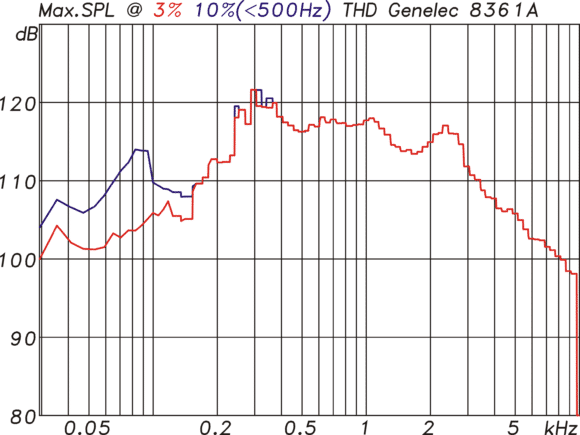Normally I'd be the person answering this question, but I'm stumped.
Traditionally if you take your passive speakers and filter out the bass, you can then let them play much louder than they would otherwise. You can accomplish this filtering using any number of methods from DSP to a sock, but they all work.
However, for contemporary monitors from say Genelec or Kali, will sending them a high pass signal enable them to play any louder? My understanding is that these speakers have limiters implemented in the digital processing, so sending any loud signal will trigger the limiter.
Am I mistaken? If I use a high passed monitor will it actually be able to achieve a high spl? I ask because in theory some of these speakers should be able to provide significant output, but I don't know if the limiters prevent this or if they are smart enough to know that no bass is present.
Traditionally if you take your passive speakers and filter out the bass, you can then let them play much louder than they would otherwise. You can accomplish this filtering using any number of methods from DSP to a sock, but they all work.
However, for contemporary monitors from say Genelec or Kali, will sending them a high pass signal enable them to play any louder? My understanding is that these speakers have limiters implemented in the digital processing, so sending any loud signal will trigger the limiter.
Am I mistaken? If I use a high passed monitor will it actually be able to achieve a high spl? I ask because in theory some of these speakers should be able to provide significant output, but I don't know if the limiters prevent this or if they are smart enough to know that no bass is present.

